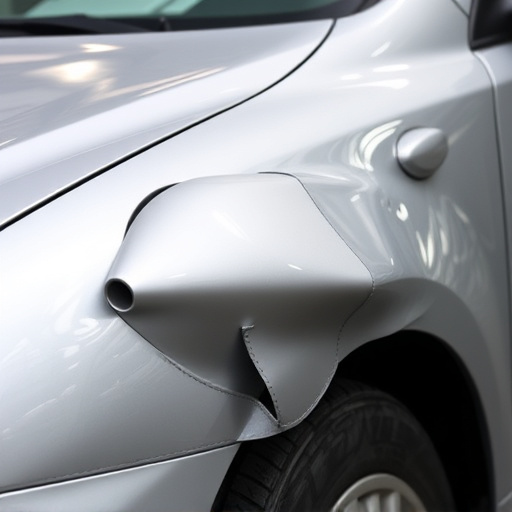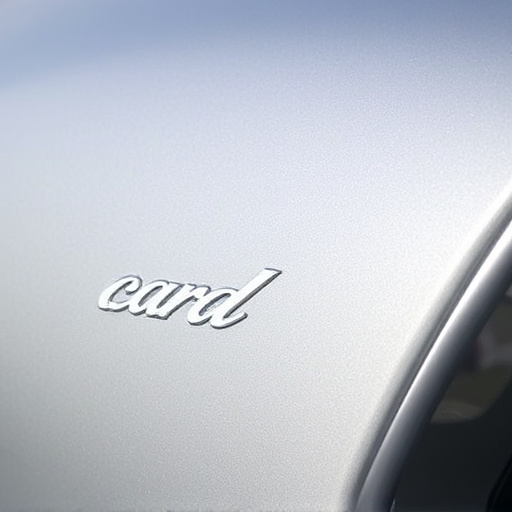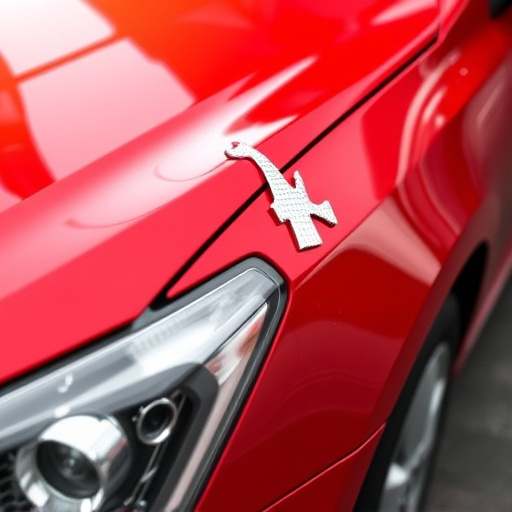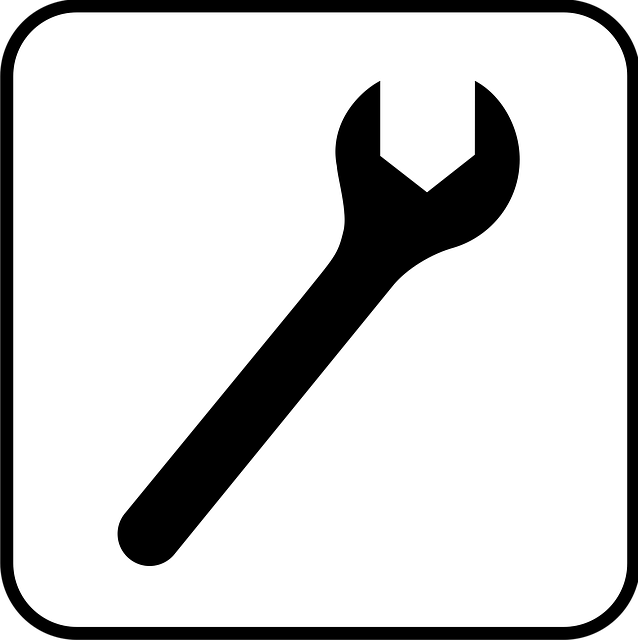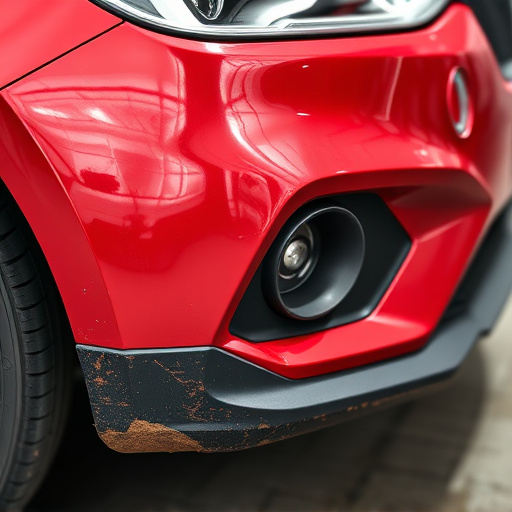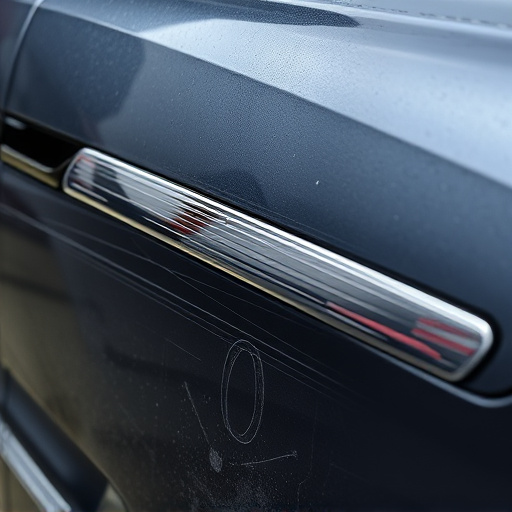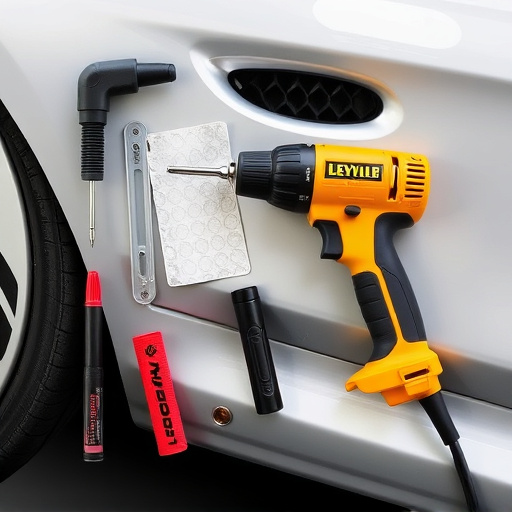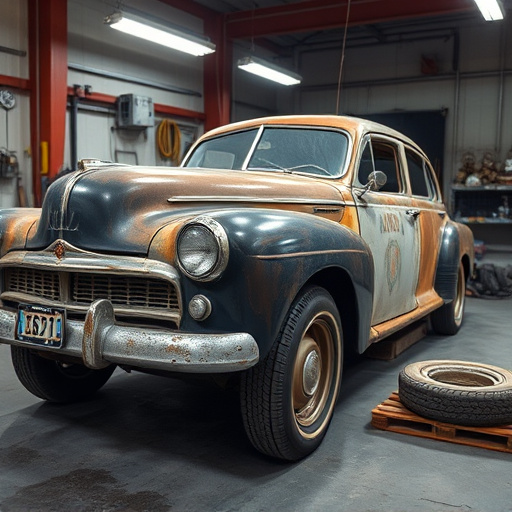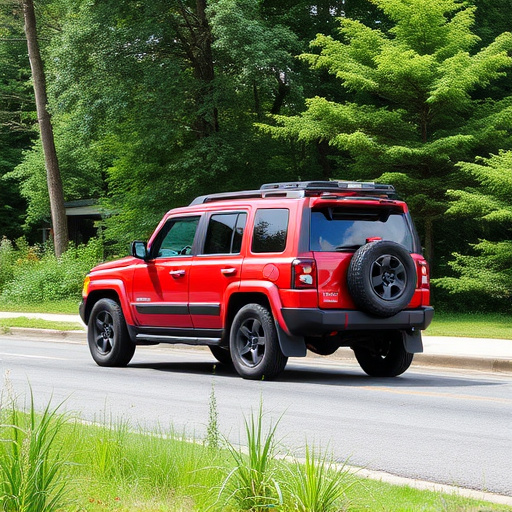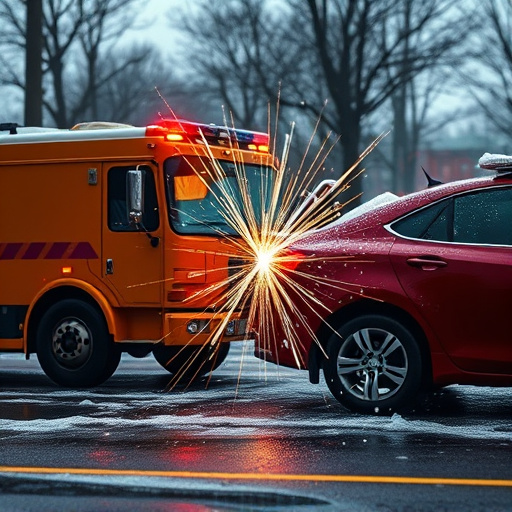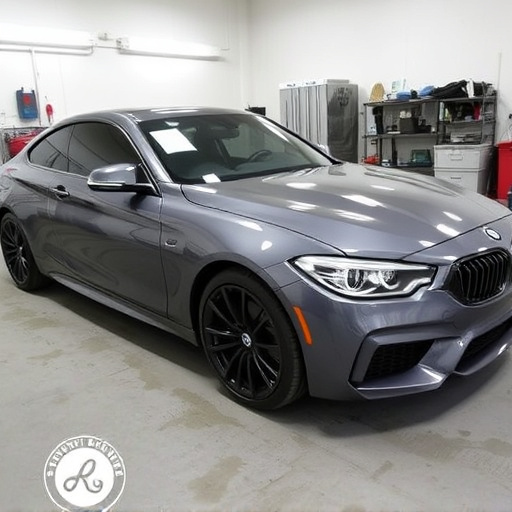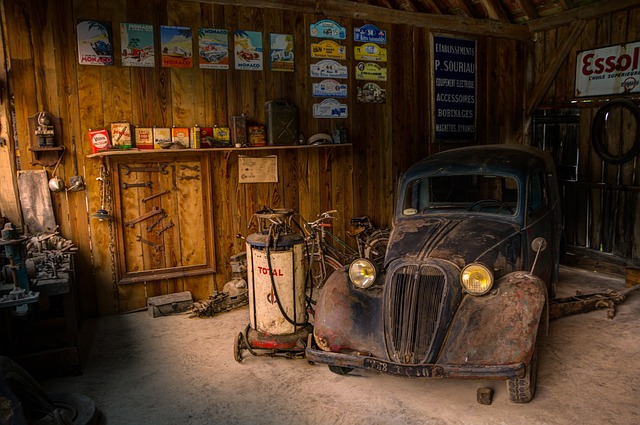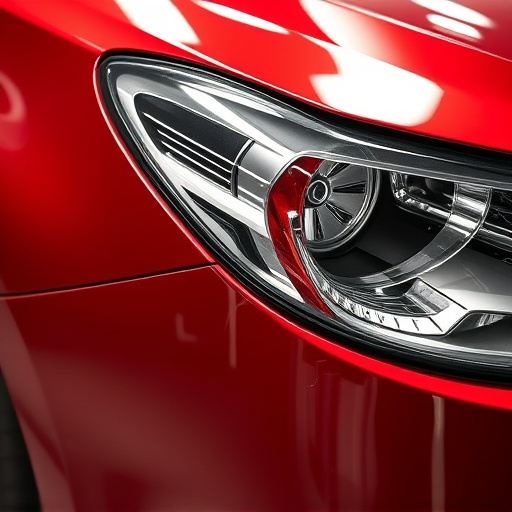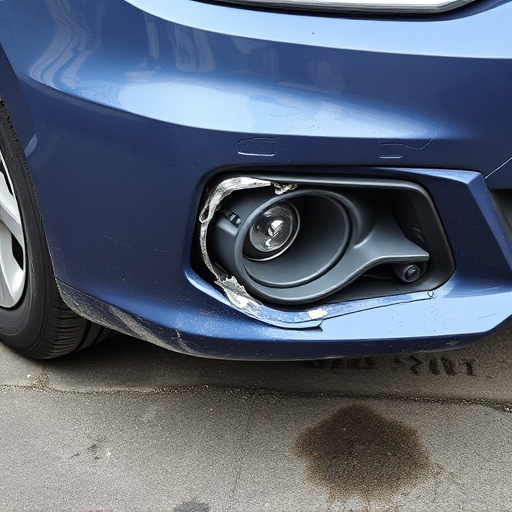Spot weld bonding damage, caused by aging, rust, or past repairs, weakens car door panels. Early detection using visual inspection, ultrasonic testing, and X-ray imaging is vital for safety. Specialized equipment re-welds components, followed by car paint repair to restore structural integrity and aesthetic appeal. Successful spot weld bonding repair requires high-current spot welders, automotive-grade bonding agents, correct adhesives, and meticulous execution for precision and durability.
“In the automotive industry, ensuring robust and secure door panel connections is paramount. This article delves into the art of spot weld bonding repair, a critical skill for maintaining vehicle integrity. We’ll explore the intricacies of identifying damage caused by weakened or broken spot welds, outlining essential tools and materials needed for successful repairs. By following our step-by-step guide, you’ll gain the confidence to restore structural integrity, ensuring your vehicle’s doors operate seamlessly.”
- Understanding Spot Weld Bonding Damage
- Tools and Materials for Repair
- Step-by-Step Guide to Successful Repairs
Understanding Spot Weld Bonding Damage
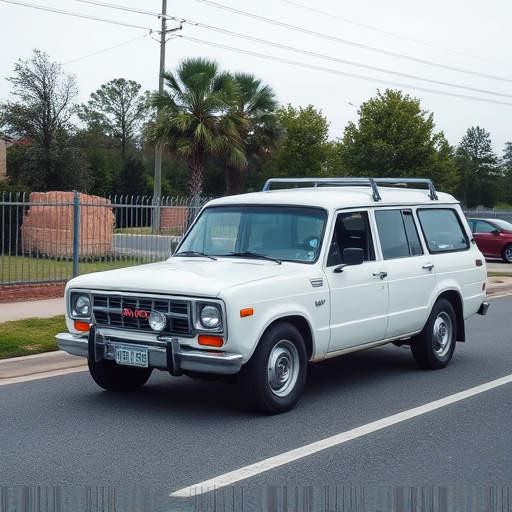
Spot weld bonding damage occurs when the spot welds that secure metal components to a car’s door panel become weakened or broken over time. This can happen due to various reasons, such as age, rust, or previous repair attempts. The damaged area might appear as loose or detached sections of the door panel, revealing gaps or misalignments. It is crucial to identify this issue early on as it could compromise the structural integrity of the door and lead to more severe safety hazards.
Proper diagnosis is the first step in effective spot weld bonding repair. Collision repair services often employ advanced techniques like visual inspection, ultrasonic testing, and X-ray imaging to pinpoint the exact locations of weak or missing welds. Once identified, auto collision centers can use specialized equipment to re-weld the components back together, ensuring a sturdy bond that matches the original manufacturing quality. Car paint repair is another critical aspect after successful welding, as it restores the aesthetic appeal and protective layer of the door panel.
Tools and Materials for Repair

To undertake a successful spot weld bonding repair for door panels, several specific tools and materials are essential. The process often involves specialized equipment like a high-current spot welder, which delivers precise, concentrated heat to melt and fuse metal together. Additionally, you’ll need consumables such as welding electrodes and various grades of bonding agents designed for automotive applications.
For effective car dent removal and seamless mercedes benz repair, utilizing the correct adhesives and sealants is paramount. Auto maintenance professionals often recommend products formulated for high-strength bonds, weather resistance, and long-term durability to ensure a robust repair that matches the vehicle’s original quality standards.
Step-by-Step Guide to Successful Repairs

Repairing spot weld bonding on door panels is a precision task that requires attention to detail and the right tools. Begin by thoroughly inspecting the damaged panel to identify loose or missing spots. Next, gather your materials: a welding machine with appropriate electrodes, welding wire, and a grounding clamp.
Follow these steps for successful repairs:
1. Clean the Panel: Remove any debris or rust from the weld area using fine-grit sandpaper and a degreaser to ensure good adhesion.
2. Prepare the Welding Machine: Set your welding machine to the appropriate settings for spot weld bonding repair, typically using a low-current, high-tension technique.
3. Apply Electrodes: Position the electrodes on both sides of the damaged area, ensuring good contact with the metal.
4. Weld the Panel: Start welding, applying even pressure and maintaining a steady distance between the electrode and metal. Work in small sections to achieve precise results.
5. Inspect the Repair: Once complete, inspect the welds for consistency and strength. Ensure they match the surrounding welds in appearance and integrity. If necessary, repeat the process until satisfied with the repair.
6. Post-Weld Treatment: After welding, allow the area to cool down before proceeding. Lightly sand any excess or irregular welds to achieve a smooth finish. For fleet repair services, consider vehicle paint repair techniques to match the panel’s original finish.
Spot weld bonding repair is a crucial skill in automotive restoration, enabling efficient and durable door panel repairs. By understanding the damage, utilizing the right tools and materials, and following a systematic guide, anyone can master this technique. This article has provided an in-depth look at spot weld bonding, offering practical insights for successful repairs. Implement these methods, and you’ll be equipped to tackle common door panel issues, ensuring your vehicles maintain their structural integrity and aesthetic appeal.
